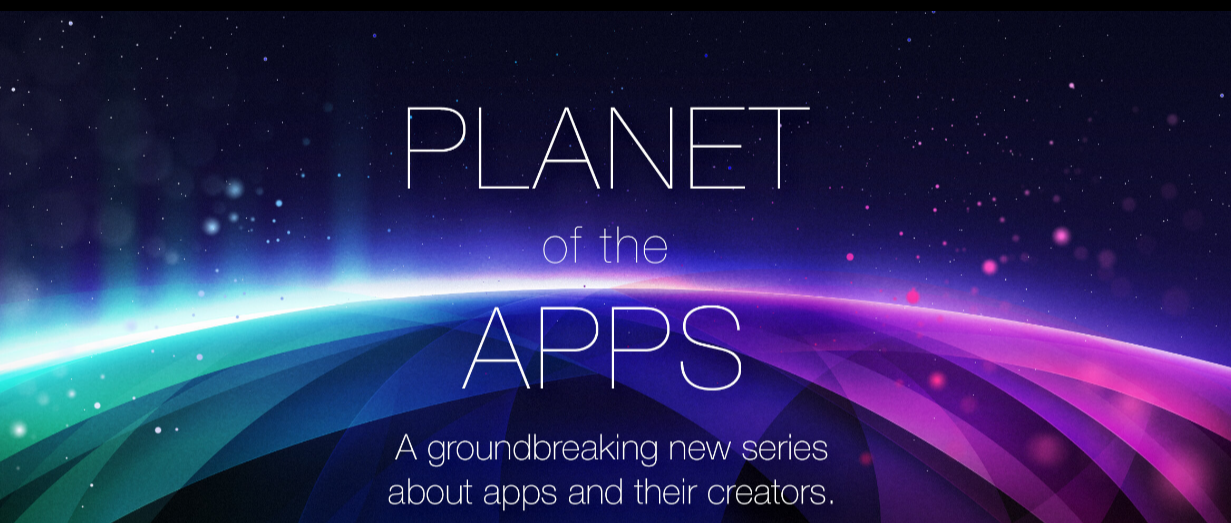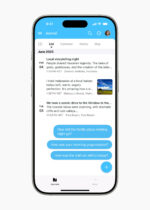
Apple is working on its own show called “Planet of the Apps,” and the company is looking for the “world’s most talented app creators” to join its team. Those accepted will be able to tell the stories of other app creators, and how they were created, incubated and released into the world.
Online applications are being accepted now until Friday, Aug. 26. For developers to apply, they must agree that they have an iOS, macOS, tvOS or watchOS app in beta or functional state by Oct. 21 to show Apple what they have built. The season will take place in Los Angeles and film over a non-consecutive period from late 2016 to early 2017. Apple said that those who cannot take off for filming should not apply.
Developers interested in applying can film a one-minute video, where they will talk about their app and what stage of development it is in. This isn’t just a show, said Apple on its website. It’s also a launch pad and accelerator for developers looking to make their app better and improve their development skills.
New Relic announces SPA monitoring public beta
There is an increase in adoption of single-page application (SPA) architectures, and New Relic wants to address the adoption challenge this poses with the public beta of SPA monitoring in the New Relic Browser.
Its low-level instrumentation is designed to monitor SPA initial page loads and route changes out of box, which allows developers to monitor their client-side interactions with the new SPA-inspired API.
No framework requires custom instrumentation, even if a developer is using a custom or in-house SPA framework. Additionally, all of the data collected is immediately available in New Relic Insights.
Developers can opt into the SPA monitoring public beta today. New Relic hopes to work toward general availability by the end of summer. To get started, developers can head over to the New Relic Browser, navigate to an application, and look for the “SPA Views” tab.
Nintendo Developer platform open to all
Developers impressed by the recent Nintendo Pokémon Go app can create their own games and applications by registering for the Nintendo Developer Program, which recently merged all its developer programs into one single platform.
Registration is open to all, with access provided to developers shortly after. Developers can create titles for Nintendo hardware, and they get access to things like the Nintendo Web Framework, which allows developers to use web technology to build their games.
Developers will also have access to the Nintendo Dev Interface, which helps them prepare development environments. The NDI Client can be tailored to the platform that is being developed on, the SDK needed, or even the region that the developer is working in.
Mozilla ships first production Rust code
With Firefox 48, Mozilla will ship its first Rust component to all desktop platforms, with Android support on the way.
Rust is a memory-safe programming language, which means it can protect against potentially dangerous media content on the web. Because of this, members of the Mozilla team built Mozilla’s first Rust media parser. The code from the parser will be the first Rust component shipping in Firefox, according to a Mozilla blog post.
The Mozilla team wants to make sure Rust delivers identical results to the original C++ component it’s replacing, and the team’s current measurements of the component show that it is performing well, according to the blog post.
The release of AGL Unified Code Base 2.0
Audio routing and rear seat display are among the new features included in the latest version of the Automotive Grade Linux (AGL) Unified Code Base 2.0.
AGL is an open-source project that develops a Linux-based platform for the connected car, and the codebase is an in-vehicle infotainment platform that can serve as a standard for the industry.
The latest version of the Linux distribution includes new features for deploying navigation, security, safety and infotainment abilities. It’s supported by Fujitsu Ten, HARMAN, Panasonic, Toyota and others.
The new AGL distribution includes features like rear seat display and video playback, audio routing and mixing, an application framework, and ConnMan network management.






